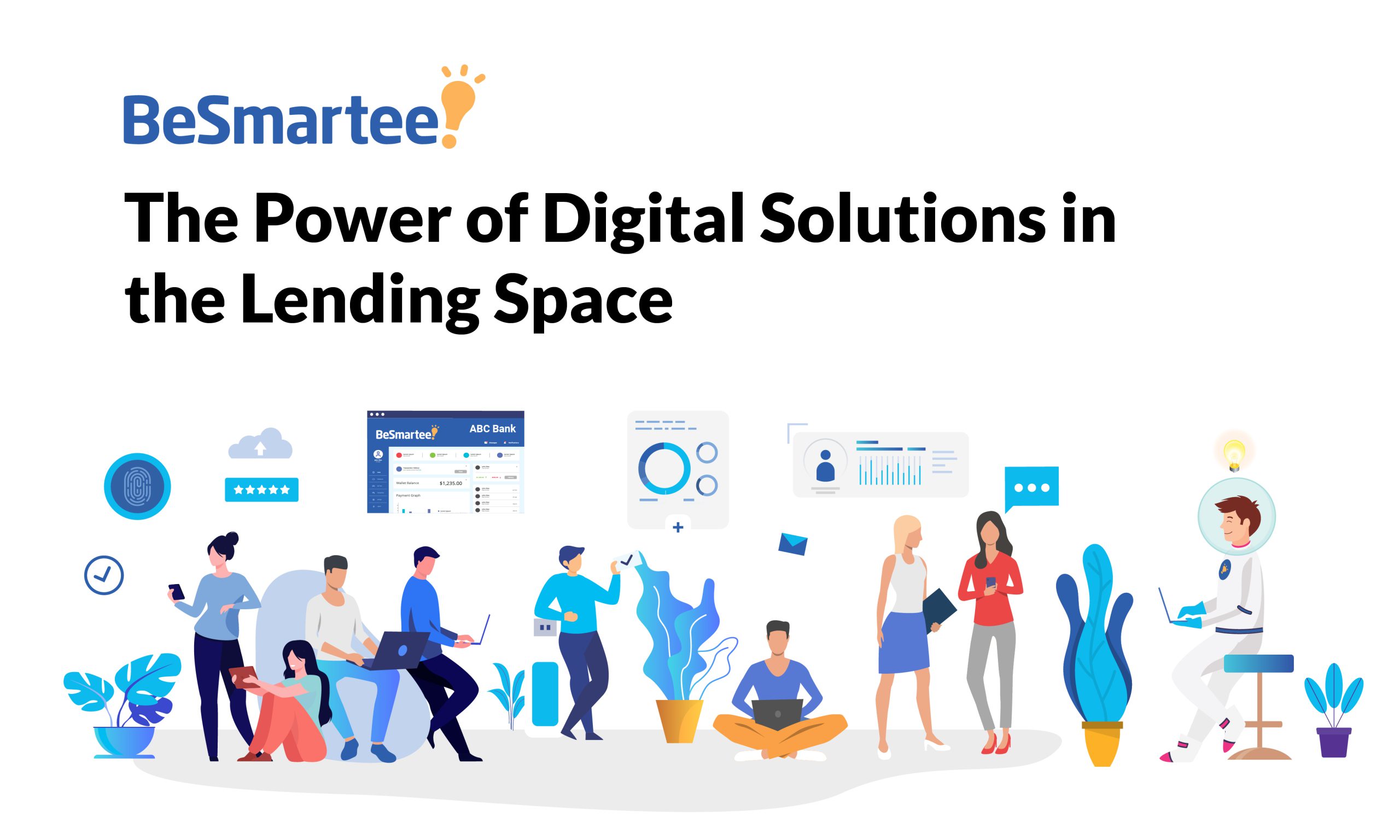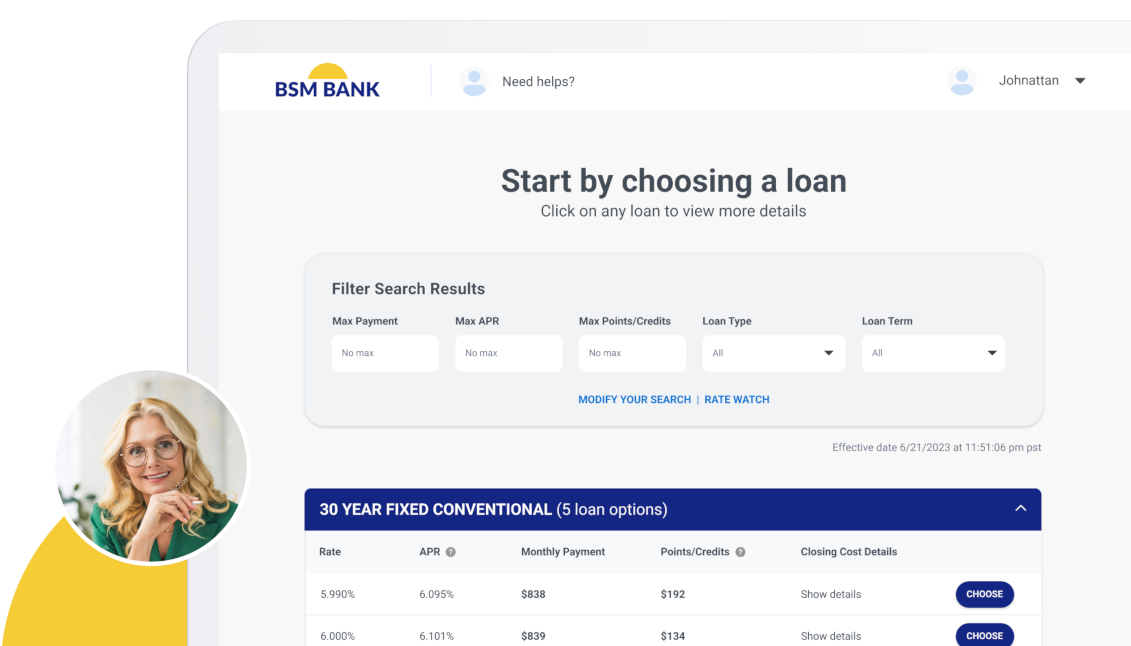Today’s on-demand economy makes everything quick and easy. You can order almost anything from your phone and have it delivered right to your front door. It’s no surprise that consumers are now expecting the same from their financial service providers.
More and more people are turning to technology to manage their finances. An American Bankers Association survey found that 7 in 10 Americans use their mobile device to manage their bank account at least once per month. Digital solutions offer convenience from your living room couch and it’s quickly becoming the expectation in the lending space.
What Is Digital Lending?
Digital lending is the utilization of online technology to improve and streamline the origination and renewal process of loans. Although there’s a lack of clarity on the attributes necessary to classify this process, experts point toward digitization being on a spectrum. Digital lending can be automated segments to full, end-to-end POS automation.
Now that we’ve defined digital lending, what makes a lender “digital?” There are channels, tools and software that have helped companies take their first steps towards digitization but are these digital solutions indicative of digital lending? Accion, a global non-profit organization working toward financial inclusivity, brilliantly labeled companies with a digital facade as having a “digital mullet.” Digital in the front but in need of some work on the back-end. How well does partial digitization work? Let’s look at some examples.
Traditional retail and commercial banks are beginning to modernize front-end operations and customer channels with digital solutions due to rising customer demands. It seems nice when you look at it but complex, decades-old core banking legacy systems handle the bank’s back end operations. On the other hand, banks such as JPMorgan Chase have put together the funds and strategies to make the full commitment to innovation and new tech. There’s a clear winner here.
The Digital Process
The digital lending process is a sequence of tasks performed by financial service providers that simplify the traditional process of applying for a mortgage, deposit account or consumer loan. To better understand the power of digital solutions, it’s best to break down the lending process.
Customer Acquisition
Financial service providers see the largest volume of customer onboarding through targeted digital marketing efforts, consumer data and digital channels. Going digital means better access to customer data and leveraging this data for enhanced personalization. The more that’s known about the customer, the more personalized financial services can be.
Why is personalization so important in acquiring new customers? Financial Brand co-publisher Jim Marous stated, “Financial institutions need to re-imagine their core journeys from front to back by addressing key customer pain points, identifying new opportunities to delight customers in differentiated ways.” Millennials, the largest generation in the U.S. workforce, switch their primary bank 2.5 times more often than baby boomers. At those rates, lenders can’t afford to let customer insights go to waste.
Qualification and Approval
Qualifying and approval for an open line of credit or a term loan involve going through the lender’s underwriting process. Underwriting can be simplified into two steps: data collection and risk assessment. The necessary information is gathered from the customer to assess the risk of delinquency. Your lender evaluates your finances and credit history by verifying your income, assets, debt and details about your property before approving your loan.
Loan Disbursement and Repayment
Loan disbursement is the payout of the loan from the lender. Loan disbursement time varies depending on the company and whether it’s traditional or digital. Once the loan is fully disbursed, loan repayments are done in installments with attached fees and interest rates.
Why Are Digital Solutions a Big Deal?
Going digital has barely begun and it’s accelerating. Access to evolving technology and the availability of data is changing the lending market and how individual borrowers and small businesses acquire financing. Why do financial service providers, especially banks, need to become more tech-focused? American Bankers Association’s The State of Digital Lending report discussed the opportunity for banks to collaborate with fintech startups to improve the lending process with faster, automated services – “Customers expect it, non-bank alternative lenders are offering it, but most banks are not there yet.”
Most assume the benefits of digital lending to be its time and cost savings, while correct, are only scratching the surface. Here are the biggest benefits to adopting digital solutions in the lending space.
Subscribe to BeSmartee 's Digital Mortgage Blog to receive:
- Mortgage Industry Insights
- Security & Compliance Updates
- Q&A's Featuring Mortgage & Technology Experts
Digital Solutions Enhance Lending Efficiency
Let’s compare the lending efficiency between traditional and digital methods.
Traditional lending from a bank or credit union is a lengthy process and if you don’t already have an account with the lender, it takes a lot longer. After collecting the borrower’s documents, underwriters check your credit and go through your paperwork to decide whether or not to approve a loan and how much. Your lender may contact you for additional clarification or with any questions. Once you’re approved, you need to wait for the loan to be disbursed and reach your bank account. Loan disbursement can take anywhere from a few days to a few weeks.
Digital lending is quick. Applications are completed online and you could get same-day approval from your lender. The process is streamlined from the application, approval, and disbursement of funds. Some lenders may be able to disburse funds the same day and some others may take a couple of business days.
Why does the traditional loan process take longer? With multi-step lending involving multiple departments, there are points of friction that slow down the financing process. Reducing the number of touchpoints with digital solutions makes lending consistent, smooth and seamless for borrows and originators.
Improves Customer Experience
A 2017 Novantas Omni-Channel Shopper Study found that “The majority of U.S. shoppers are now in segments that either don’t use bank branches, don’t care much for branches… or both.” Branch dependence is dwindling as digital solutions take over. Users want transparency, simplicity, personalization and instant gratification. Physically visiting a branch to fill out a loan application takes time out of the borrower’s day when doing it online offers convenience and speed. There are no stacks of paper and documents to keep track of and everything is done through the same channel.
The ability of borrowers to apply for a loan directly from their phone with a simple, end-to-end digital process means the convenience of a local branch is no longer relevant. Why drive ten minutes down the road when you can do it faster from the palm of your hand?
Reduction in Fraud and Human Error
Human error is the largest type of operational risk to consumers and it happens in businesses both big and small. Automating the lending process reduces the number of human touch points while increasing control, visibility and security. This reduces the chance of internal human error as well as internet and external identity fraud. Technology can alert customers when there are changes made to an account and multi-factor authentication protects users from potential fraud.
Going Digital Saves Money
Human processing takes up nearly two-thirds of the loan production expense. Adopting digital solutions and automating loan processing means lower operating costs to lenders. The operating expense at banks with a traditional process as a percentage of outstanding loans was 6% compared to less than 2% with non-bank lenders. In the first quarter of 2018, independent mortgage banks and mortgage subsidiaries of chartered banks reported a net loss of $118 on each loan origination. Lenders profit from cost savings and extra time going towards business generation and development.
Digital Solutions and the New Normal
COVID-19 and 2020 have forced the world to change and adapt as “the new normal” took over and the financial service industry is no exception. Industries needed to quickly embrace digital solutions for contactless service even if it meant turning to third parties. Digital lending was an existing trend but COVID-19 only accelerated its application. TIAA Bank’s percentage of applications on their digital front end went from 30% in April 2019 to 75% in April 2020. The pandemic and countrywide shutdown was the final push for many stubborn lenders to start developing a strategy to move online.
Roundup
Digital lending is here to stay and it’s constantly changing and evolving to keep up with the growing demands of customers. Banks are losing customers due to tech companies offering streamlined financial services at a fraction of the time. We’re still in the beginning stages of applying digital solutions in the financial services industry but it’s the answer to the labor-intensive manual loan process for both lenders and customers alike. Are lenders ready to fully commit to end-to-end digital lending?




